About products and suppliers
Che tu stia cercando di coprire i capelli brizzolati o ravvivare il tuo look quotidiano con colori audaci e nuovi, esplora la vasta gamma di. carta da lucido a colori su Alibaba.com per trovare quello perfetto .. carta da lucido a colori sono semplici da usare e possono essere usati come accessori per farti sembrare più alla moda. Qualunque sia il tuo sesso e se stai cercando una soluzione temporanea o permanente. carta da lucido a colori, tutti i tipi sono disponibili.
Alibaba.com offre la migliore qualità. carta da lucido a colori, assicurandoti che lo styling non danneggi i tuoi capelli e che rimangano lisci e setosi come sempre. carta da lucido a colori sono disponibili in tonalità naturali che servono per evidenziare e accentua il colore naturale dei capelli, così come le tonalità audaci e luminose. Per mantenere una lucentezza naturale e nutrire i tuoi capelli. Le carta da lucido a colori sono realizzate utilizzando materiali sicuri e sono disponibili varianti senza ammoniaca, organiche, a base di erbe e a base di henné.
carta da lucido a colori sono confezionate offrendo quantità diverse in una singola confezione, a seconda che siano per un cambio completo o per ritocchi e evidenziazioni, rendendole un'ottima opzione per le persone a casa, così come saloni. Offerto dalle migliori marche, stai certo della qualità di questi. carta da lucido a colori e scegli nuovi look divertenti senza preoccupazioni. Maggior parte. carta da lucido a colori vengono fornite con sviluppatori di alta qualità, candeggina sicura e applicatori facili, per rendere l'esperienza fluida.
Scegli ciò che si adatta alle tue tonalità e agli ingredienti preferiti dall'ampia selezione di. carta da lucido a colori su Alibaba.com. I prodotti sono venduti da venditori e produttori affidabili ai prezzi più competitivi, rendendo più facile che mai acquistare all'ingrosso o per un singolo consumatore cambiare spesso il colore dei capelli, senza sensi di colpa. Sarai sicuramente tentato dal vasto assortimento in offerta.







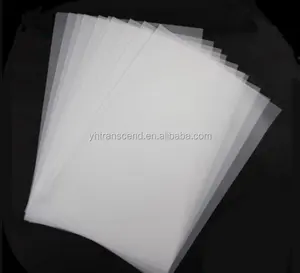
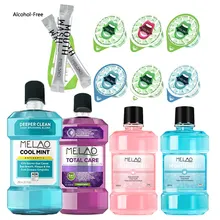

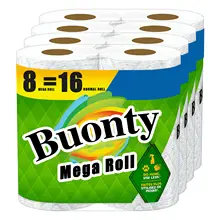


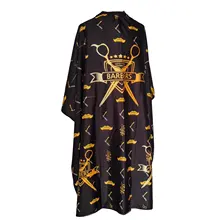

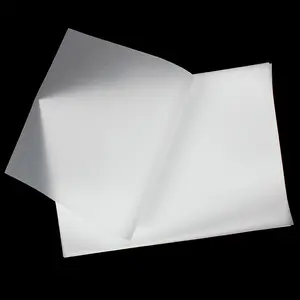
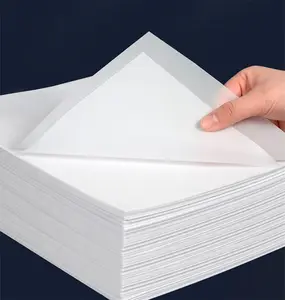

























 浙公网安备 33010002000092号
浙公网安备 33010002000092号 浙B2-20120091-4
浙B2-20120091-4